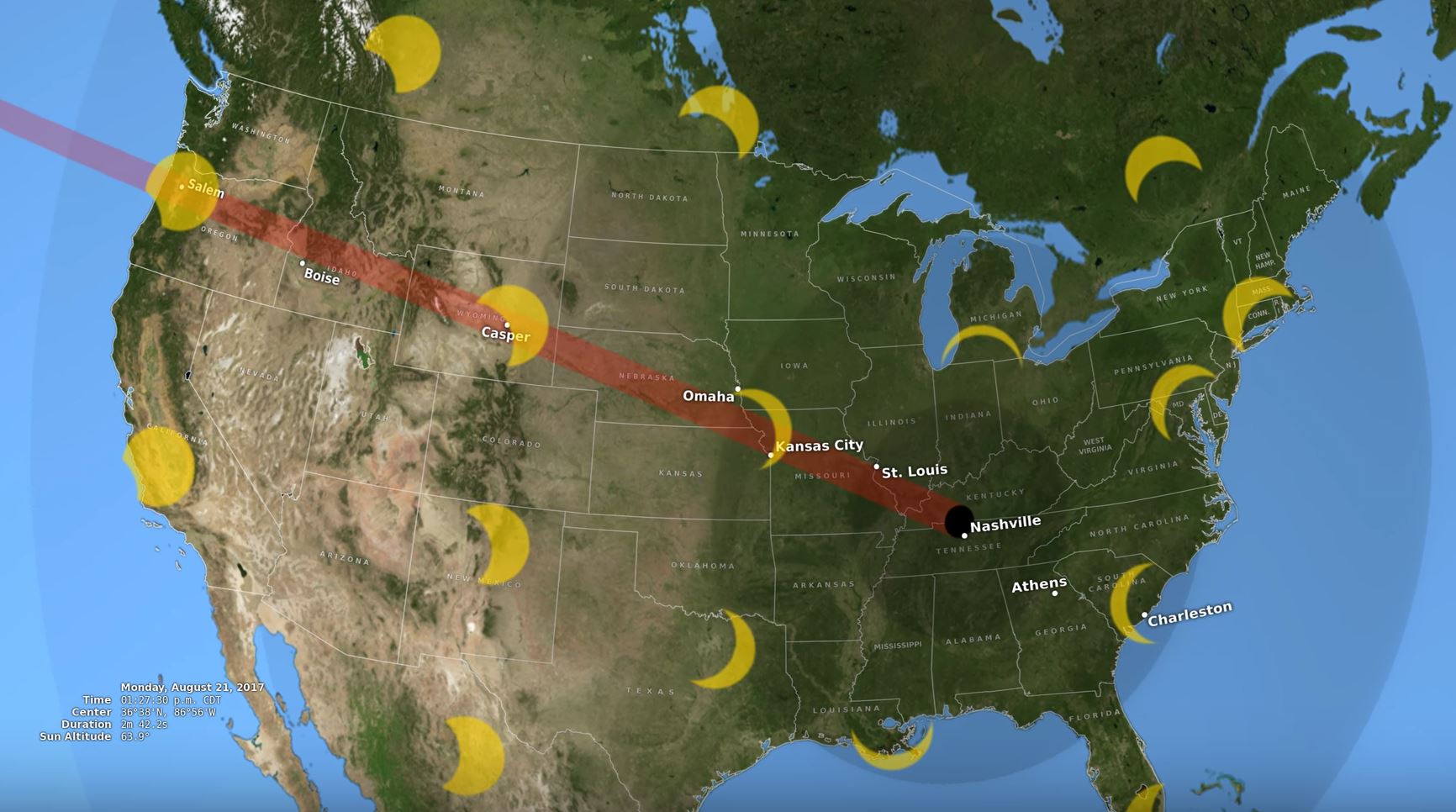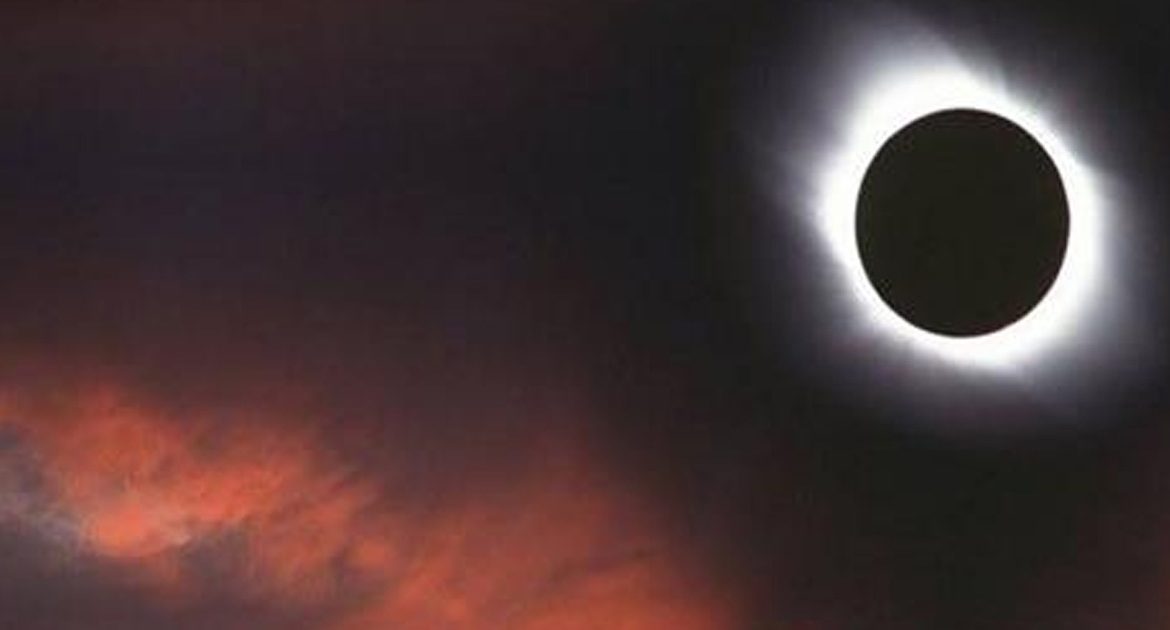Few things are as magical and beautiful as staring into the night sky. Not only does it put into perspective our place in this vast universe, but it’s a daily reminder of all the great mysteries that still exist despite our unending curiosities!
Well, as if trillions of shining starts are not enough of an incentive to stare up to the heavens, there is another remarkable natural phenomena to look forward to on August 21st that has been decades in the making.
This once-in-a-lifetime event is coming our way this summer, and for some lucky US residents, it will be passing right over their heads.
Parts of the United States will be pitch black during the day, thanks to a rare total solar eclipse. According to NASA, the eclipse will put a big part of continental United States, from Oregon to South Carolina, in total darkness during the daytime. This 70-mile wide belt of night-like skies will pass through the states of Idaho, Wyoming, Nebraska, Kansas, Missouri, Illinois, Kentucky, Tennessee, Georgia, North Carolina and South Carolina.
While a partial solar eclipse is not an infrequent occurrence, a total solar eclipse when the moon completely covers the sun, is quite a rarity. For a total solar eclipse to exist, not only do the earth, moon, and sun have to line up in that order (which does happen every 18 months or so), but more importantly, the size of the moon (as predicted by its rotational orbit and speed) has to be the same as the size of the sun to cover it completely!
Reseaerchers and Scientists say that this is the first time in decades that the path will go through the US as predicted! The August eclipse is said to last for 2 minutes and 40 seconds, but for those on the outer edge of the 70 mile wide path, the time might be counted only in seconds.

One of the things to watch out for while observing this eclipse is what the scientists call a corona:
«During a total solar eclipse, the disk of the moon blocks out the last sliver of light from the sun, and the sun’s outer atmosphere, the corona, becomes visible. The corona is far from an indistinct haze; skywatchers report seeing great jets and ribbons of light, twisting and curling out into the sky.»
Experts like Rick Fienberg, at the American Astronomical Society (AAS), claim that the effect is so unusual and mind blowing that it often brings people to tears!
Since staring at the sun directly can be damaging to your eyes; make sure to refer to the guidance on what is the best way to view this eclipse including solar-viewing glasses and pinhole cameras. However, experts say that it is completely okay to use the naked eye to view the actual eclipse when the disk of the moon is completely covering the disk of the sun.
Here is a great video from NASA tracing the 2017 Solar Eclipse’s route across the US!
This detailed tracer map should help in deciding just how far you need to go to view this amazing natural phenomena that will literally overshadow human existence, even if it is just for a few minutes. For those wondering, the next such total solar eclipse is predicted to be in 2024 and will be visible from the skies above Mexico and Texas, up through the Midwest and northeastern U.S.
For adults and kids alike, there is nothing like experiencing first hand the natural and scientific wonders that we only read about in books. The curiosity that it nurtures and the wonder that it creates makes this natural phenomena worth chasing!





